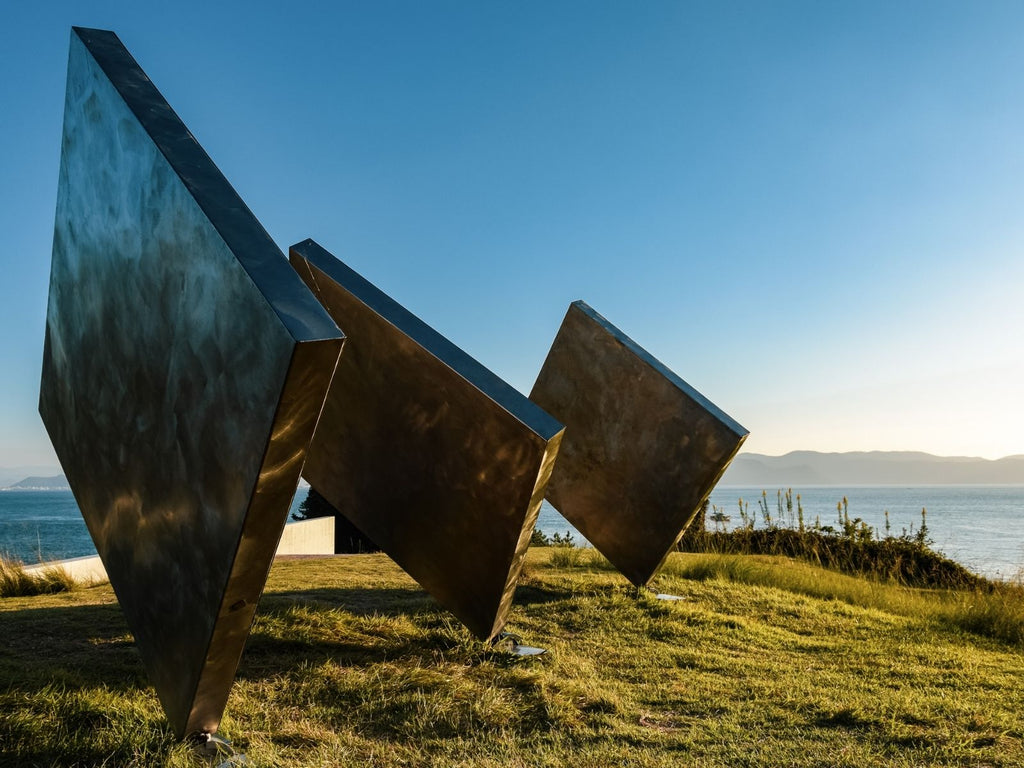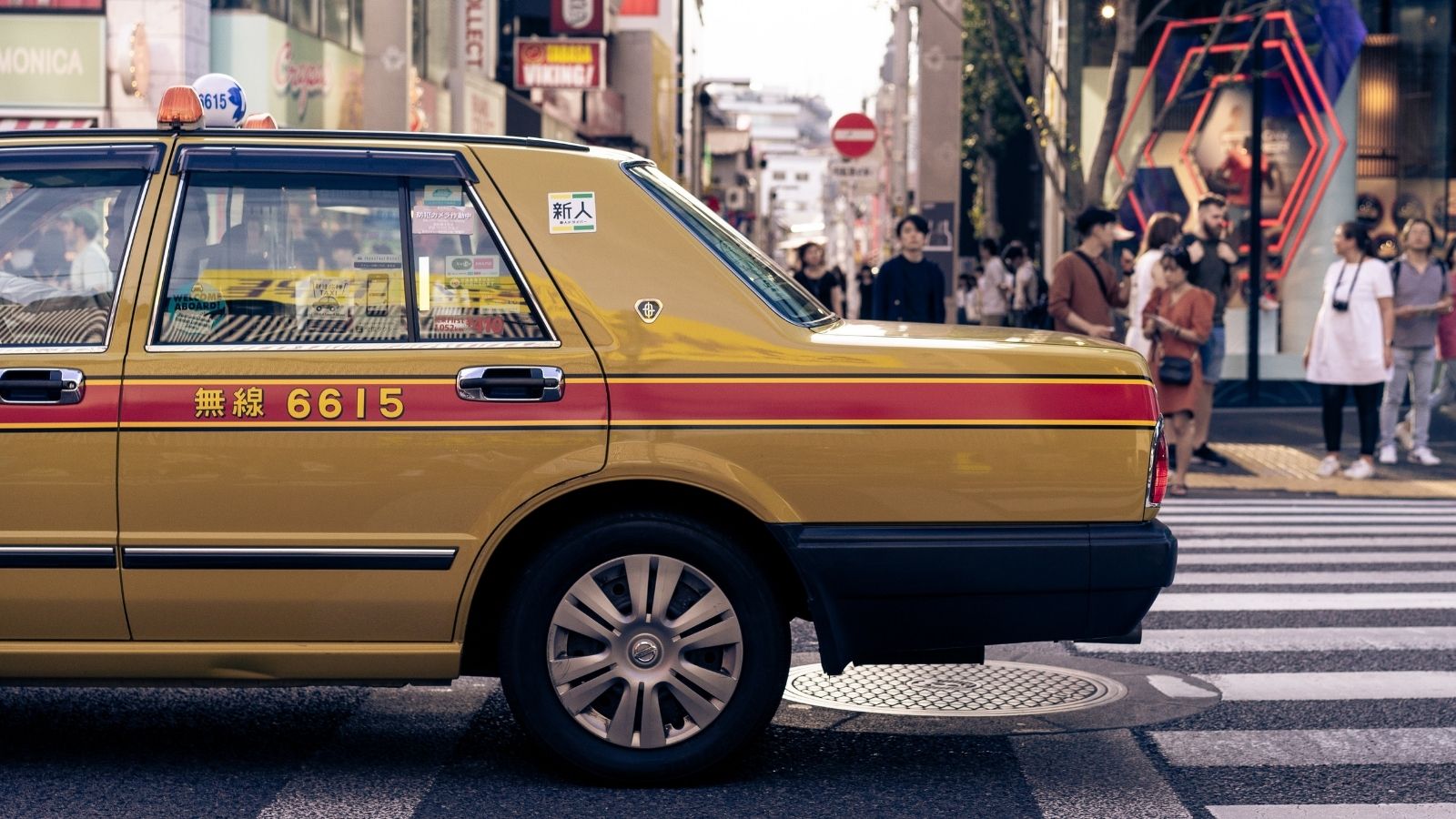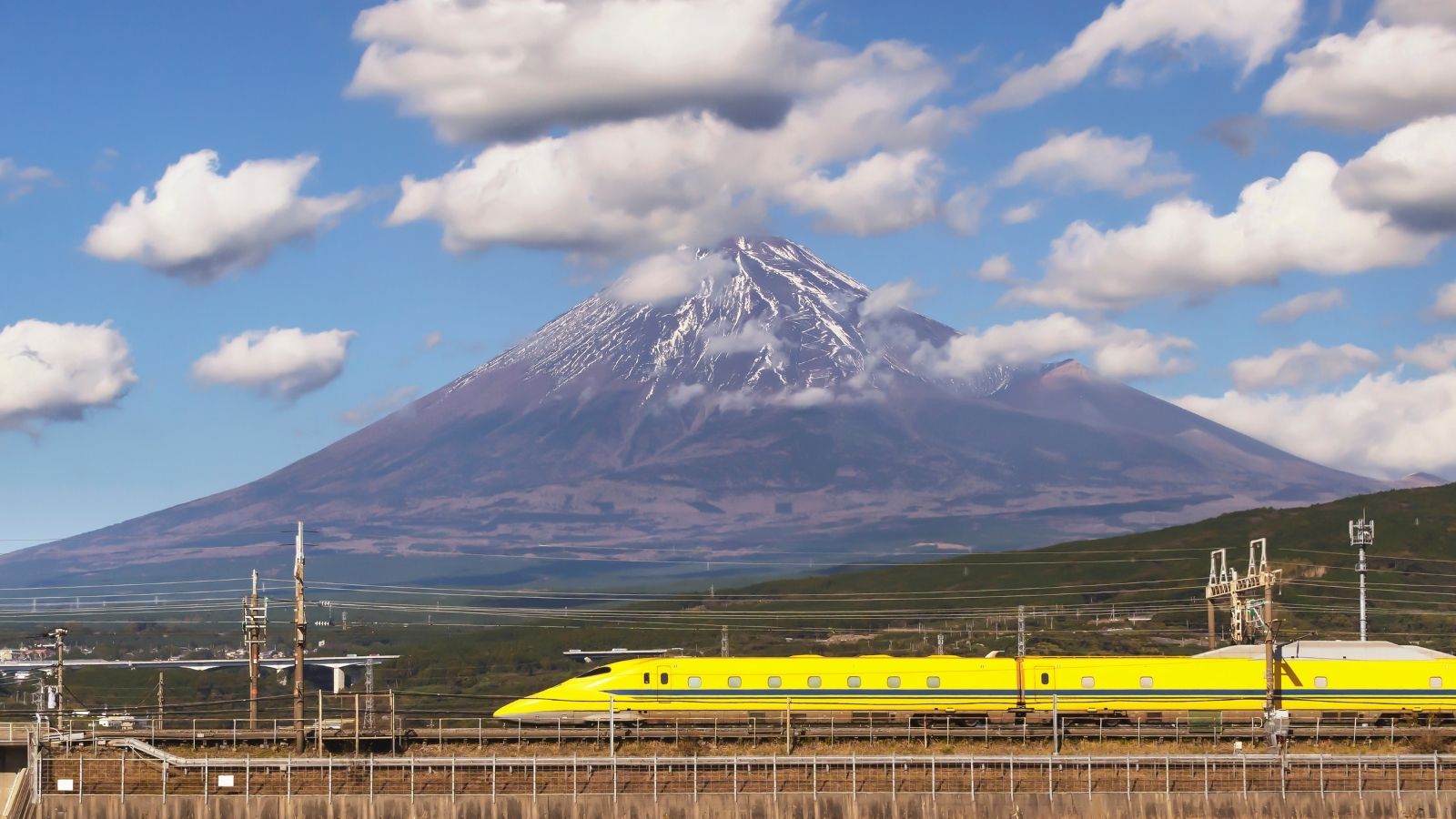
OPEN-AIR MUSEUMS: THE ARCHIPELAGO OF ART
In Japan there is a place where works of art are perfectly integrated with nature and the local landscape: it is Benesse Art Site , an experimental artistic project born around the mid-80s thanks to the collaboration between Benesse Holdings Inc. and Fukutake Foundation on the small islands of Naoshima, Teshima and Inujima , in the Seto Inland Sea, south of the country.

One of the spaces of the Benesse House Museum Cafe © Susan Q Yin
Visiting this archipelago, a paradise of Land Art and creativity , is something to do at least once in your life and represents a real journey into the past: the few remaining inhabitants live according to ancient traditions, only in a limited number of places is it There is wi-fi and nature is still barren and uncontaminated at times.

One of the most famous perspectives on Naoshima island © Victor Lu
It all began on the island of Naoshima, when Benesse House was founded by world-renowned starchitect Tadao Ando , with the aim of forming creative spaces in the archipelago. The complex is made up of a museum and a hotel furnished with design objects and works of art , which make it a dedicated structure with a very high standard: by choosing this accommodation, moreover, you have the possibility of accessing the museums after closing time , to be able to admire works such as “Pool With Reflection of Trees & Sky” by David Hockney, “One Hundred Live and Die” by Bruce Nauman or “White Alphabets” by Jasper Johns.

The Teshima Art Museum © Denis Kovalev
If you do not wish to stay at the Benesse House, you can opt for other accommodations such as yurts , circular mobile structures arranged on the beach (inspired by the famous and typical ones of Mongolia) or minsjuku , or rooms in private homes made available to guests.

The interiors of the Benesse House Museum Cafe © Susan Q Yin
In addition to the Benesse House, in Naoshima it is also possible to visit the Chichu Art Museum , which houses the five paintings of Claude Monet's " Water Lilies" series and the Lee Ufan Museum , dedicated to the work of the Korean artist since the seventies: both spaces they lead visitors to admire the structures and the works themselves, blending into one with nature.

“Three Squares Vertical Diagonal” the installation by George Rickey on the island of Naoshima © 1586Shutterstock
The Honmura neighborhood is certainly also worth a visit, home to the Art House Project , a widespread art project during which artists choose some abandoned houses and transform them into a place of art in dialogue with the neighborhood and its tradition .
But in addition to mental and visual well-being, the body also wants its part: there is no shortage of Onsen in Naoshima too, including the I love湯baths by the artist Shinro Ohtake, where it is possible to relax and enjoy the warm thermal waters .

One of the many beautiful patterns that blend nature and design on the island of Naoshima © Susan Q Yin
Finally Teshima and Inujima , the other two islands of the archipelago which, although smaller and less visited than their larger sister, host great treasures. On the first there is the Teshima Art Museum of the artist Rei Naito and the architect Ryue Nishizawa, recognizable for its shape of a drop of water and the nearby rice fields overlooking the sea, while on Inujima there is a industrial archeology transformed into a museum focused on themes related to environmental sensitivity and all its resources.
Have a nice trip to the Archipelago of Art!
TENOHA E-SHOP
the first Japanese concept store in Europe: online
Japanese Greeting cards Girl - €5.00
D-Bros Flower Vase Black & Red - €12.00
Matcha Lovers Food Box - €25.00










